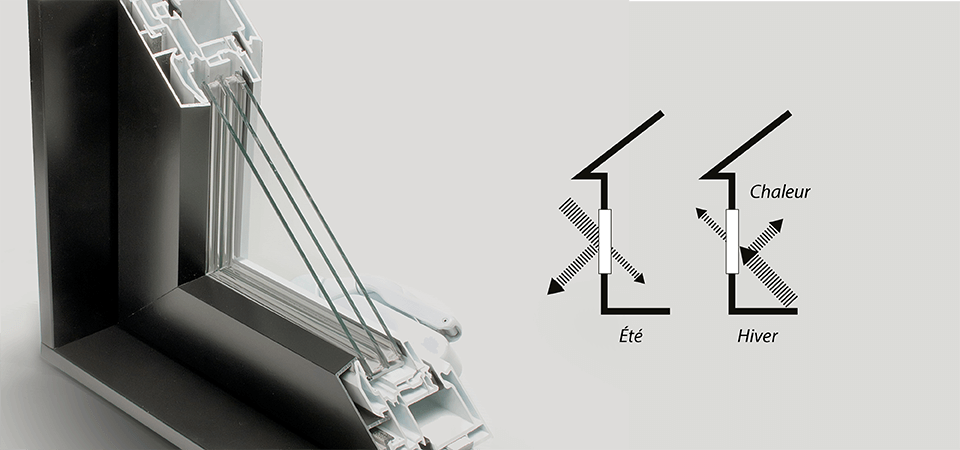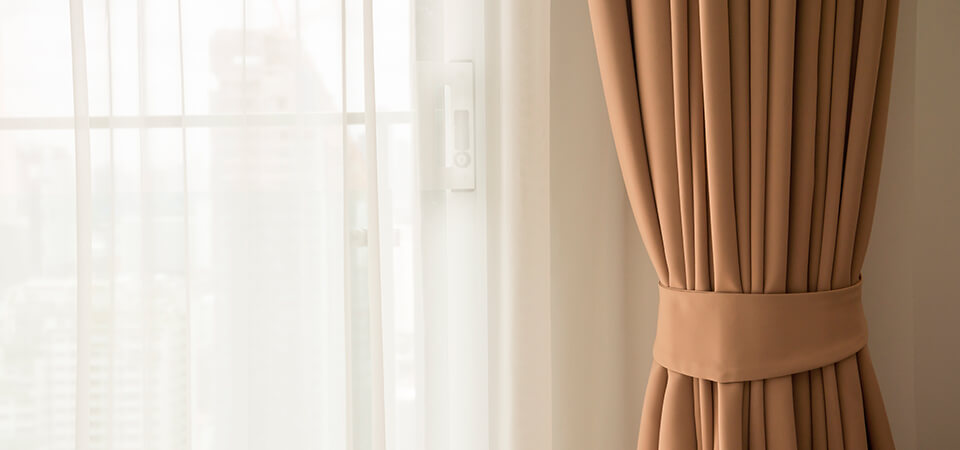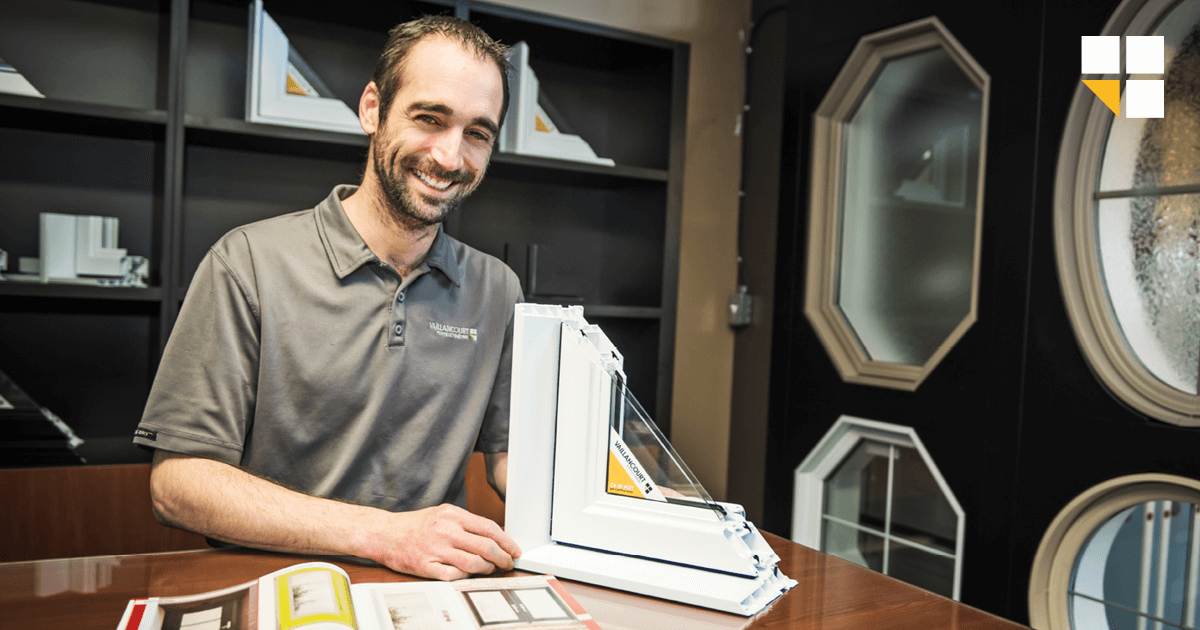In September, we discussed exterior condensation on windows, a typical phenomenom at this time of the year that’s unrelated to the energy efficiency of your windows. Now that winter is knocking, condensation may appear inside. But again, this may not be due to the efficiency of your windows (and patio doors).
A little reminder about condensation
The process is quite simple. When hot and/or humid air is in contact with a cold surface, condensation occurs. It’s what happens on the mirror of your bathroom after a hot shower. In winter, condensation occurs frequently, as the differential between hot and humid inside air is a lot higher than in winter. You’ll see even more condensation if your windows are energy efficient: it means that they are waterproof and don’t let hot air filter out.
That being said, you can modify this phenomenom, not only to enjoy better visibility but to avoid the consequences of excess humidity.
Why ged rid of humidity?
Too much humidity can significantly degrade the materials of your home: rotting of wood, paint deterioration, damage to walls due to rotting, etc. Aside from these problems, it’s also bad for your health, as it may cause respiratory illness.
Here are the proposed humidity level to control condensation (Source: APCHQ):
| Outside temperature in degrees Celcius |
Maximum relative humidity level desirable for an indoor temperature of 21°C |
|---|---|
| -28 °C or less | 15% |
| -28 °C to -23°C | 20% |
| -22 °C to -17°C | 25% |
| -16 °C to -12°C | 30% |
| -11 °C to -6°C | 35% |
| -5 °C to +4°C | 40% |
Regulating the humidity of your home
Condensation emanates from our domestic activities: heating, showering, cooking, etc. You have to regularly air out spaces to chase the humidity you create.
What to do:
- Leave interior doors open during the day.
- Use a dehumidifier.
- Heat rooms properly.
- Remove mosquito nets from windows to allow more efficient air circulation near the window.
- Turn on the extractor hood while cooking.
- Open your windows from time to time to recycle inside air.
- Regularly open blinds or curtains.
- Turn on your air exchanger according to the recommendations of the manufacturer.
Are you thinking of renovating your doors and windows? Take advantage of the RénoVert tax credit with Vaillancourt Doors and Windows. For more information, you can also get in touch with the Vaillancourt Doors and Windows retailer nearest you.





